Liming Lawn Tips: Tips To Lime Your Lawn Grass
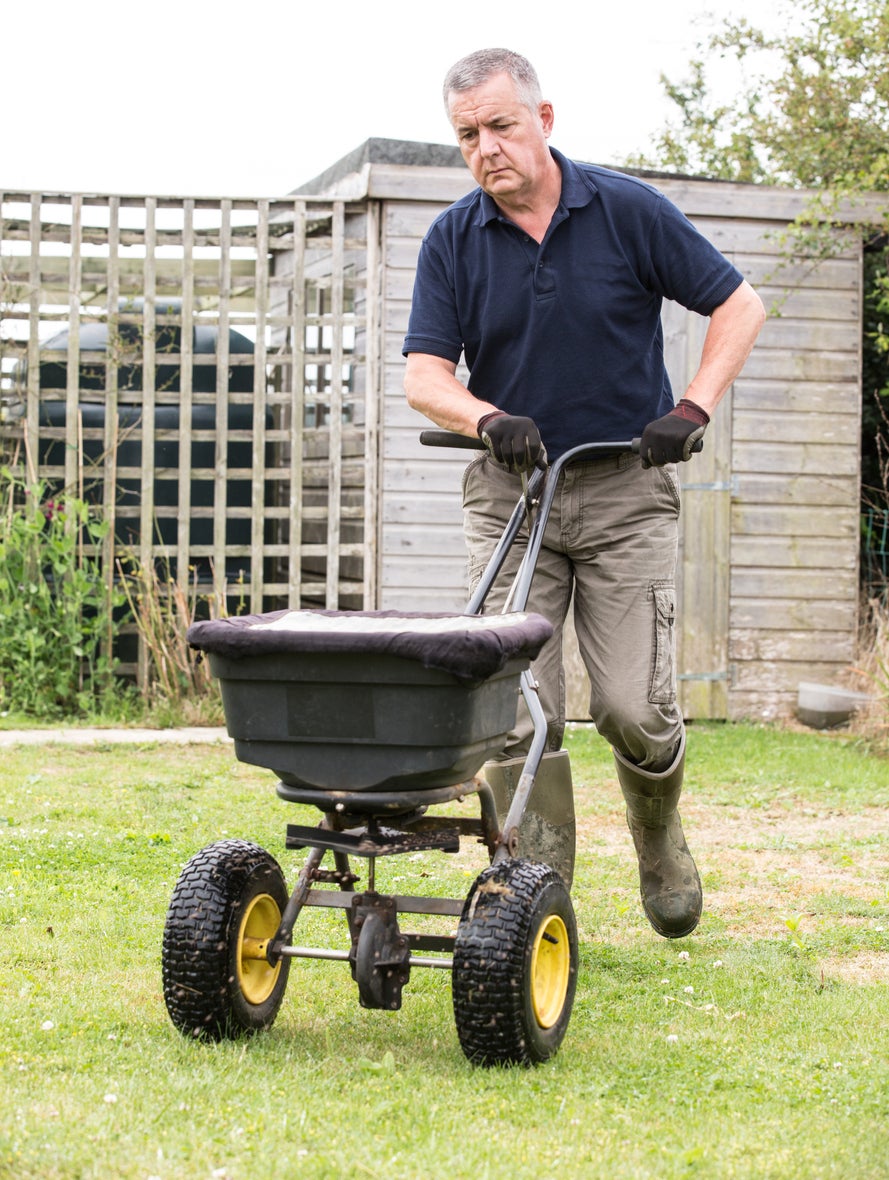

Most types of lawn grass grows best in slightly acidic soil with a pH between 6 and 7. If your soil pH is below 5.5, your lawn won’t grow well. Don’t expect an extra application of fertilizer to help because highly acidic soil can’t absorb nutrients effectively.
Do You Need to Lime Your Lawn Grass?
Do you need to lime your lawn grass? Here’s a hint that may help you determine if you need lime lawn treatment: If you live in a dry, desert climate, there’s a chance your soil is alkaline and you may not need to lime your lawn grass. If you live a rainy area where acid-loving plants such as rhododendrons and camellias thrive, your soil is likely acidic and may benefit from lime lawn treatment. The only way to find out for sure is to take a soil test (inexpensive tests are available at garden centers.). Liming a lawn that doesn’t need it is a waste of time and money, and liming soil that is already highly alkaline may affect soil health and result in a sickly, yellow lawn. Test every year to be sure you aren’t adding too much lime. Once the proper pH is established, you will probably need to lime only once every few years.
Best Time to Lime a Lawn
Spring is a great time to test your soil, and you can apply lime between fall and early spring. Many gardeners prefer to lime just before the first frost in fall because the soil has all winter to absorb the lime. Don’t spread lime on a dry, wilted lawn or a soggy, wet lawn. Don’t lime during frosty weather. If you haven’t planted grass seed yet, apply lime to the soil just before you plant. You can learn more about lime lawn treatment and the best time to lime a lawn here: https://www.gardeningknowhow.com/garden-how-to/soil-fertilizers/adding-lime-to-soil.htm
How to Lime a Yard
Before you begin, a few liming lawn tips should be considered. There are several types of lime and your local garden center can help you determine the best type for your grass, soil type, and climate. However, most gardeners find that pellet forms are easier to apply than powders. Once you’ve decided on the best type of lawn, refer to the label to determine the proper amount, which will depend largely on your soil pH. Depending on the type of lime, you can use a drop-style or rotary spreader. A spreader is the best tool for applying lime. Apply half of the recommended amount of lime by walking back and forth horizontally with the spreader, then add the second half by walking vertically. This way, your criss-cross pattern ensures the grass is evenly and completely covered. Water lightly after your lime lawn treatment to help the soil absorb the lime.
Gardening tips, videos, info and more delivered right to your inbox!
Sign up for the Gardening Know How newsletter today and receive a free copy of our e-book "How to Grow Delicious Tomatoes".

A Credentialed Garden Writer, Mary H. Dyer was with Gardening Know How in the very beginning, publishing articles as early as 2007.
-
 Looking For Plants To Give You The Soft And Fuzzies? Try These 5 Fuzzy Leaf Plant Options
Looking For Plants To Give You The Soft And Fuzzies? Try These 5 Fuzzy Leaf Plant OptionsLovers of texture, drama, silver foliage and tactile plants will adore these special sensory garden additions. These fuzzy leaf plant options will leave you all aglow
By Susan Albert
-
 Get Ready For A Summer Of Hummers! Grow These Full Sun Hummingbird Plants and Flowers
Get Ready For A Summer Of Hummers! Grow These Full Sun Hummingbird Plants and FlowersIf you’re lucky enough to enjoy a sunny backyard, make sure you are maxing out on your pollinator opportunities and grow these full sun hummingbird plants and flowers
By Tonya Barnett
-
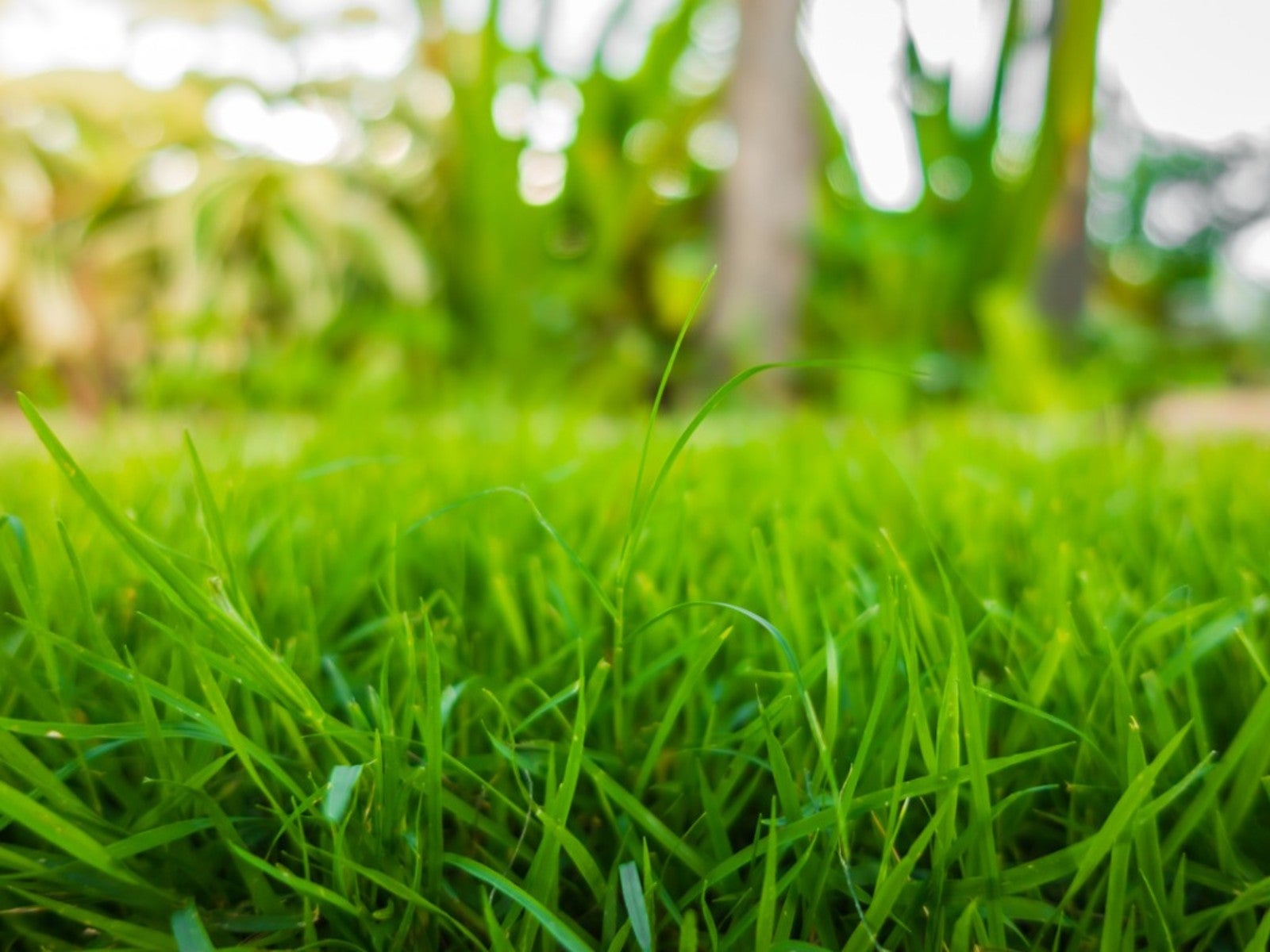 Sustainable Turf Species For A Greener Lawn
Sustainable Turf Species For A Greener LawnClick here for some of the most sustainable types of turf grass you can grow for an eco-friendly lawn.
By Bonnie L. Grant
-
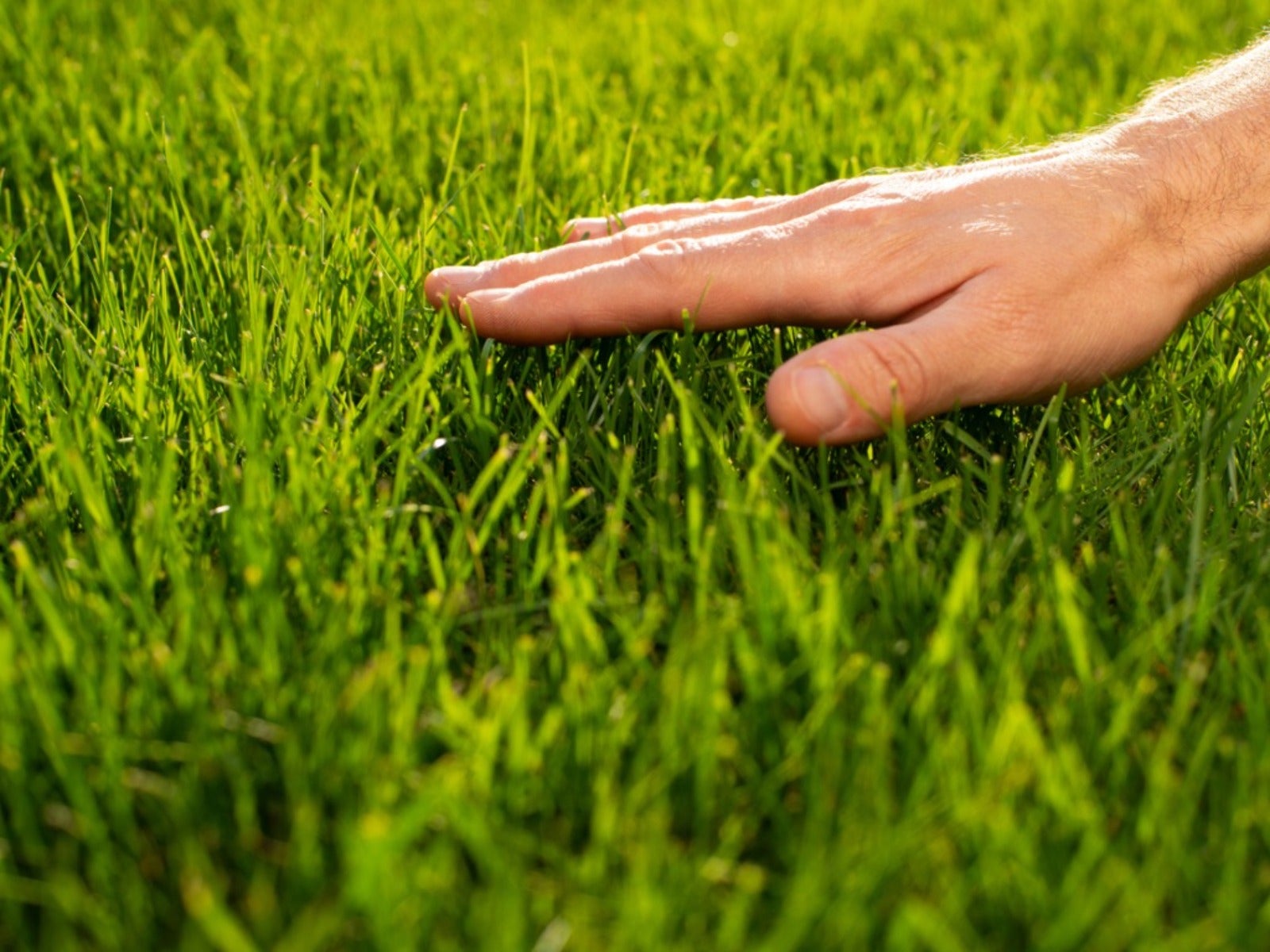 How To Grow A Sustainable Lawn
How To Grow A Sustainable LawnAdjust your thinking about a perfect green lawn and consider more sustainable methods. Click here to learn how.
By Mary Ellen Ellis
-
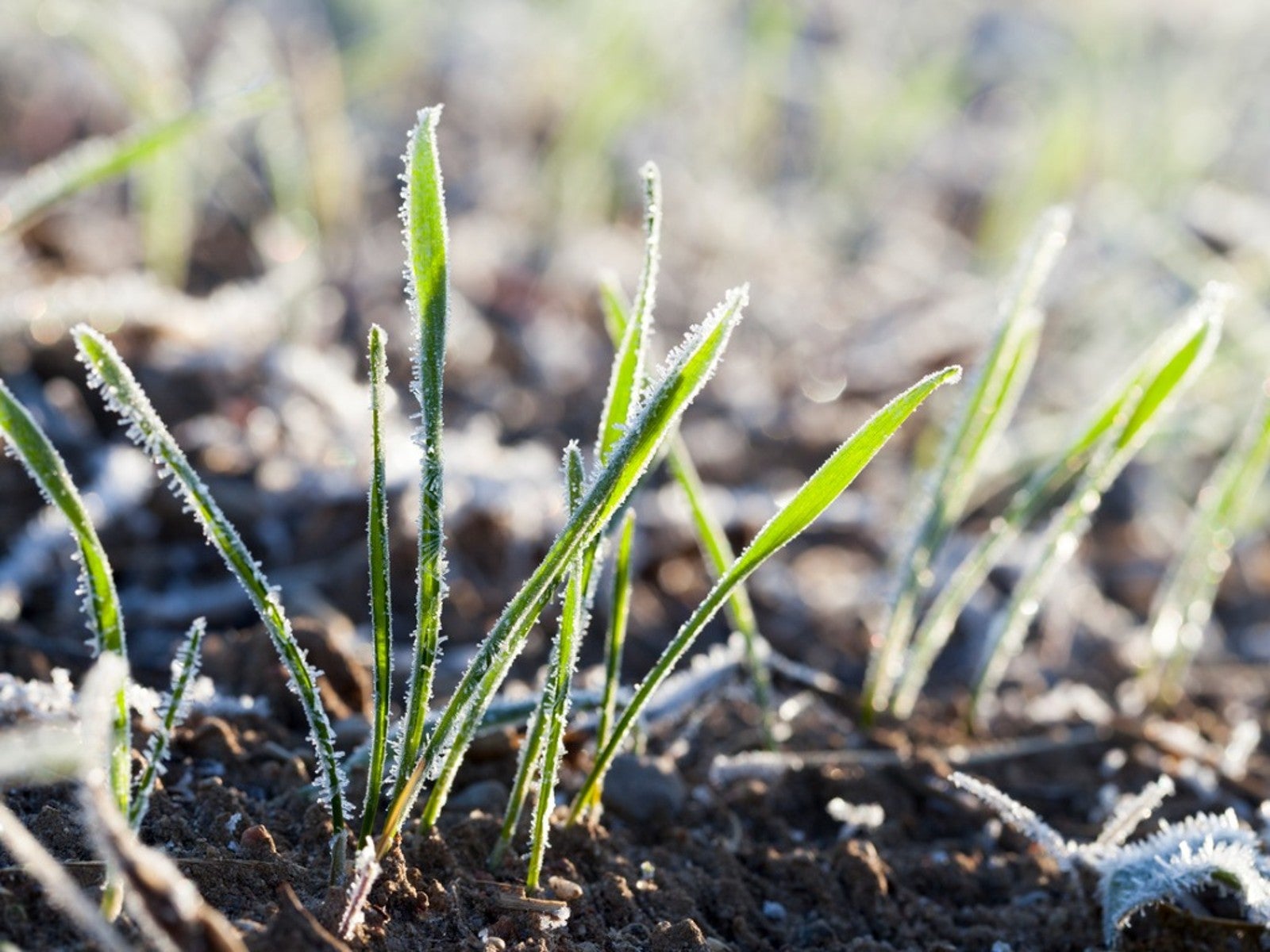 Will Frost Kill Grass Seed And How To Help New Turf Survive
Will Frost Kill Grass Seed And How To Help New Turf SurviveLearn how to help your newly sown grass survive frost and freezing weather.
By Amy Grant
-
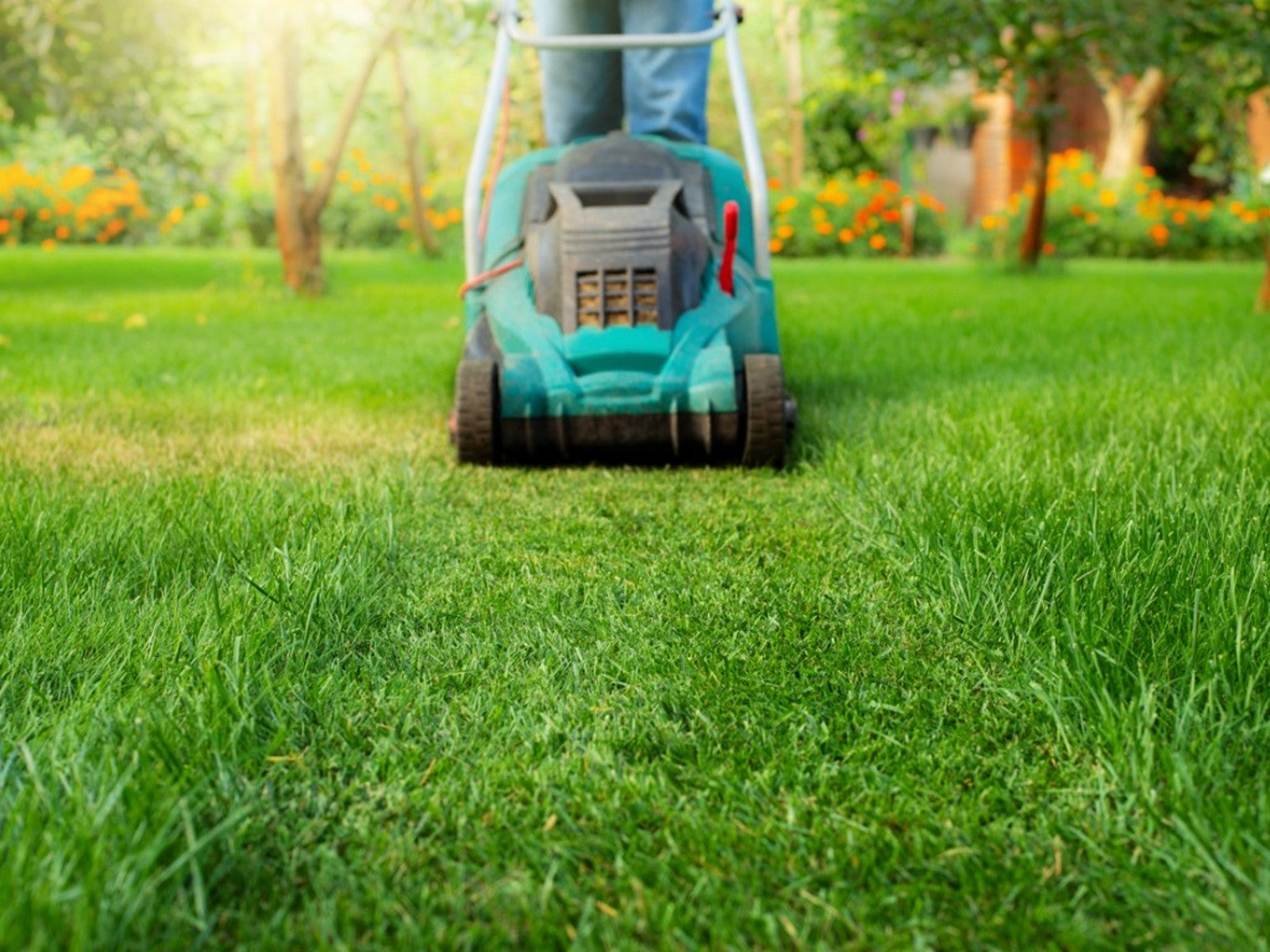 Lawn Problems That Aren’t Really Problems
Lawn Problems That Aren’t Really ProblemsYour lawn may not require as much work as you think. Learn which common problems aren’t really problems.
By Teo Spengler
-
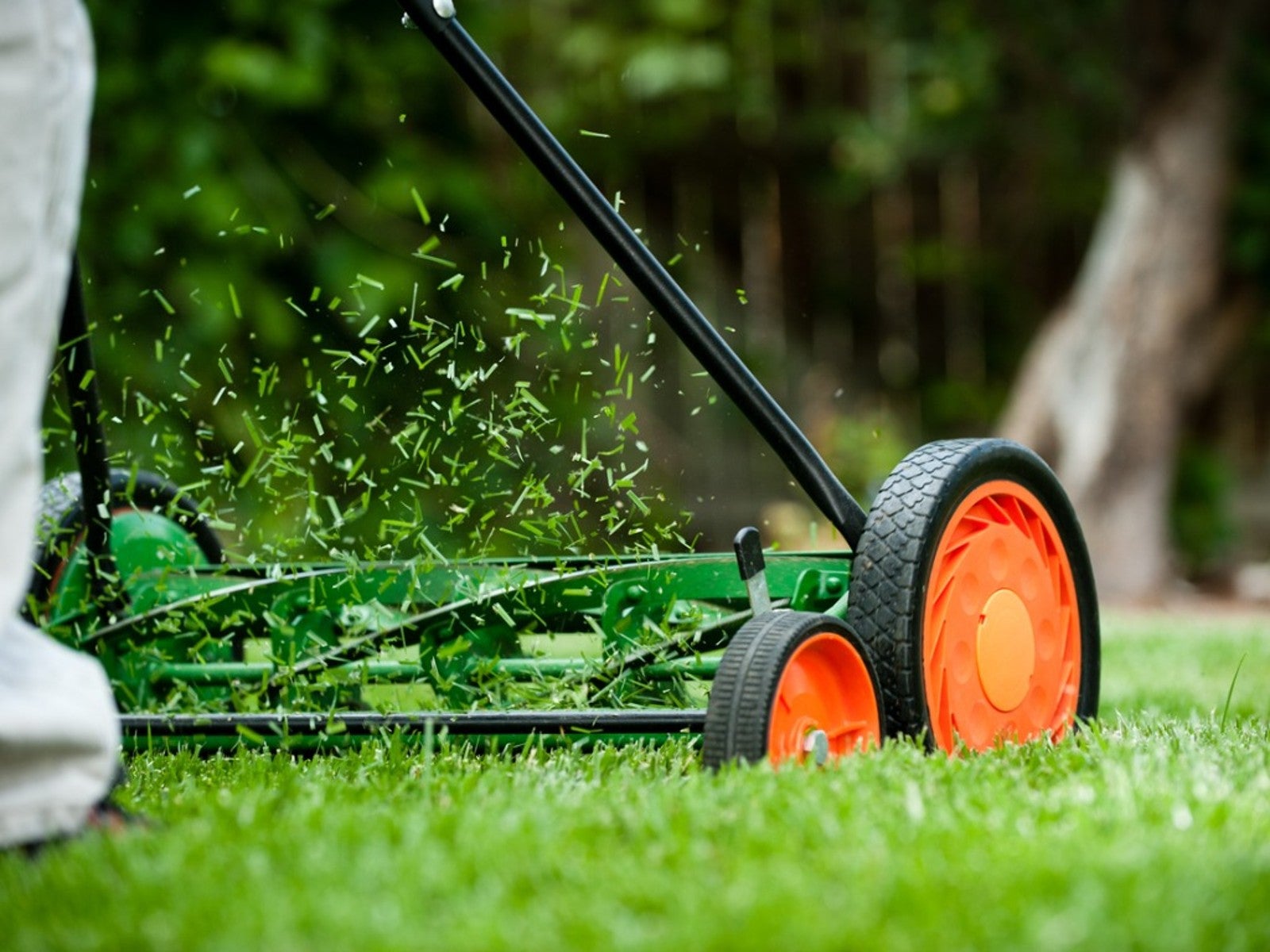 Why A Manual Push Mower Is Good For You And The Environment
Why A Manual Push Mower Is Good For You And The EnvironmentReel mowers are making a comeback, but why? Click here to learn about reel mower pros and cons.
By Amy Grant
-
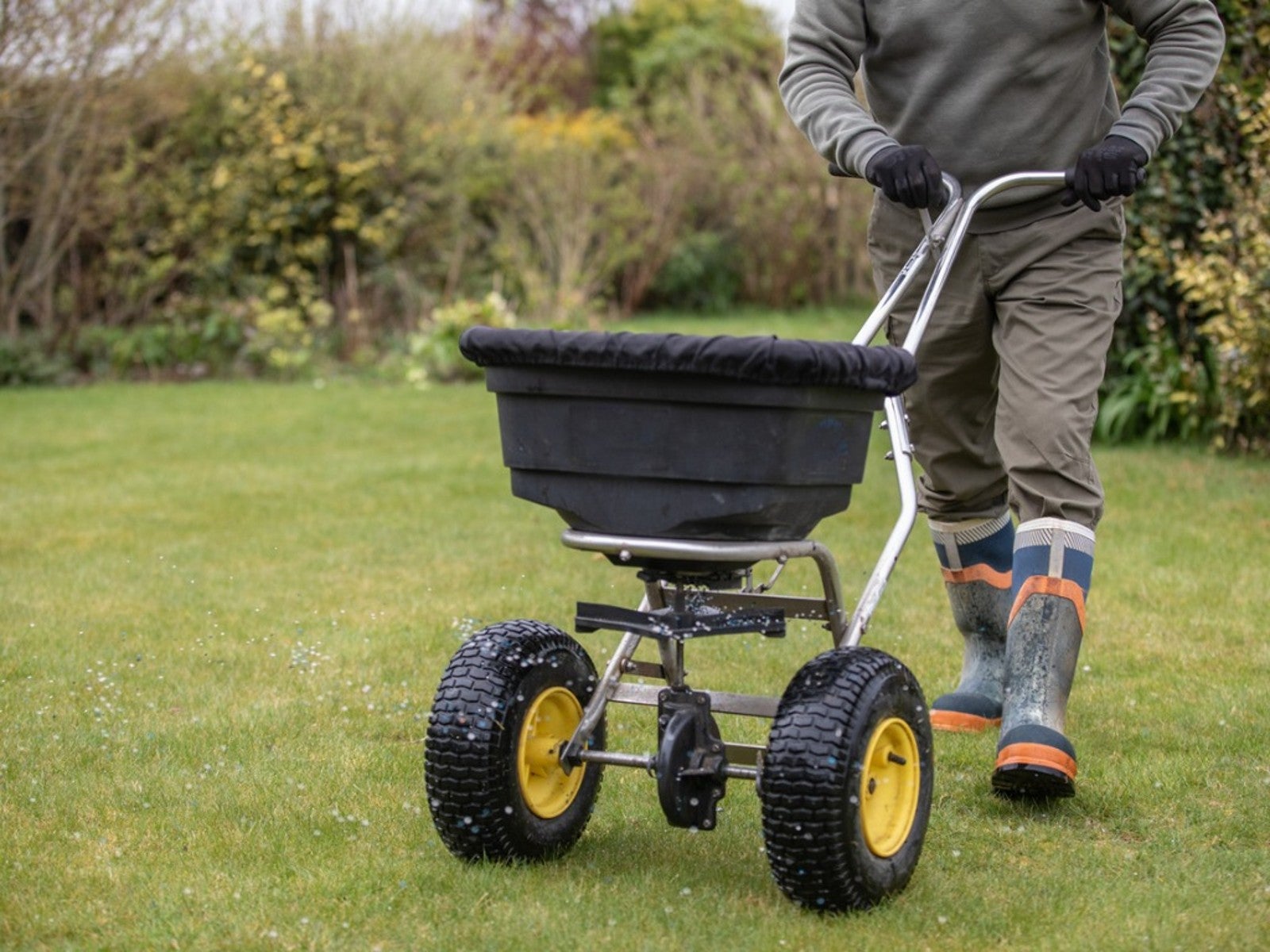 Fertilize Grass In Fall For A Lush Lawn In Spring
Fertilize Grass In Fall For A Lush Lawn In SpringFor everything you need to know about fertilizing your lawn in the fall, click here.
By Susan Albert
-
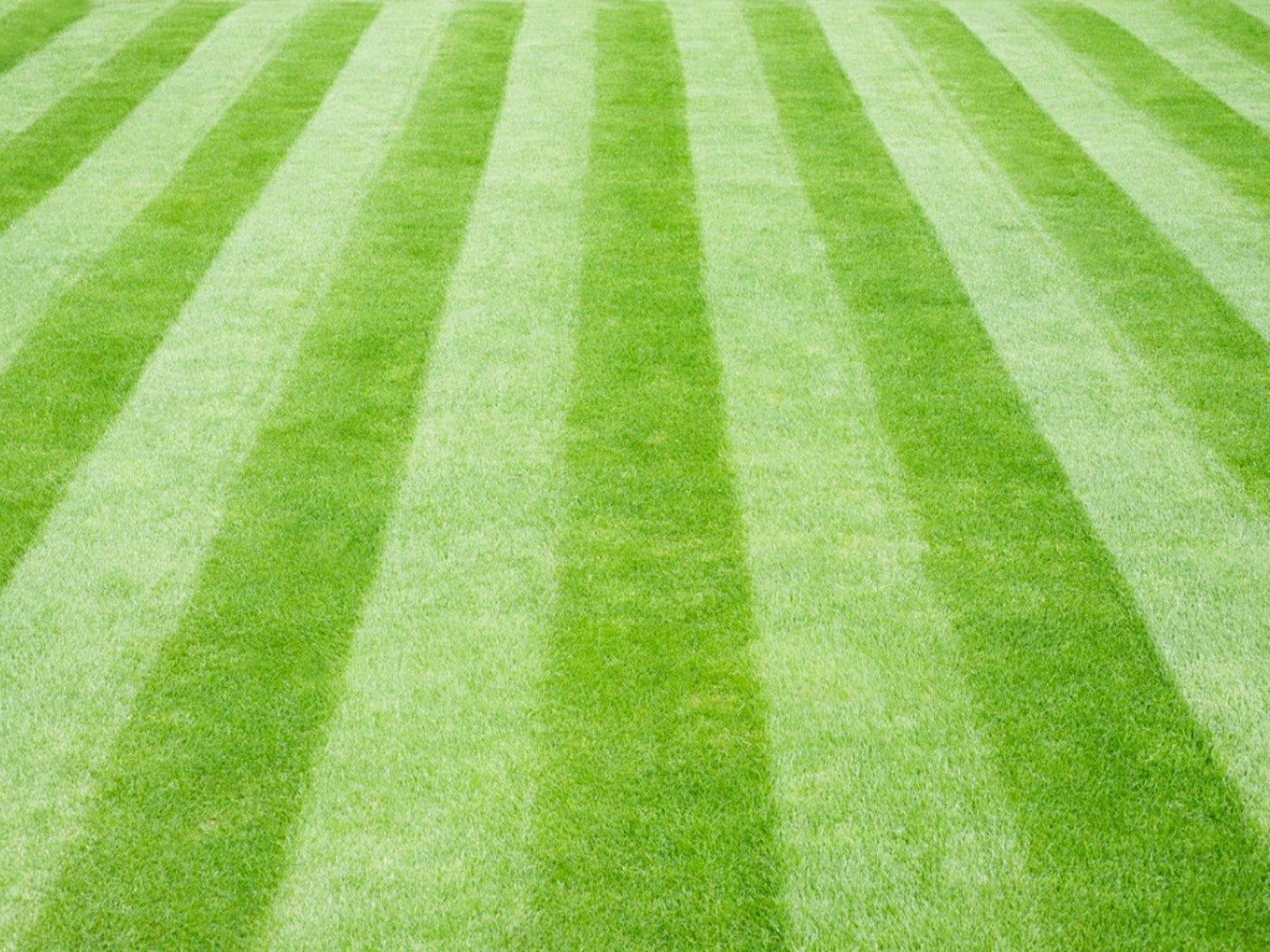 Tips For Mowing Stripes In Lawn
Tips For Mowing Stripes In LawnWouldn’t it be great to have stripes in your lawn like a sports field? Learn how here.
By Susan Albert
-
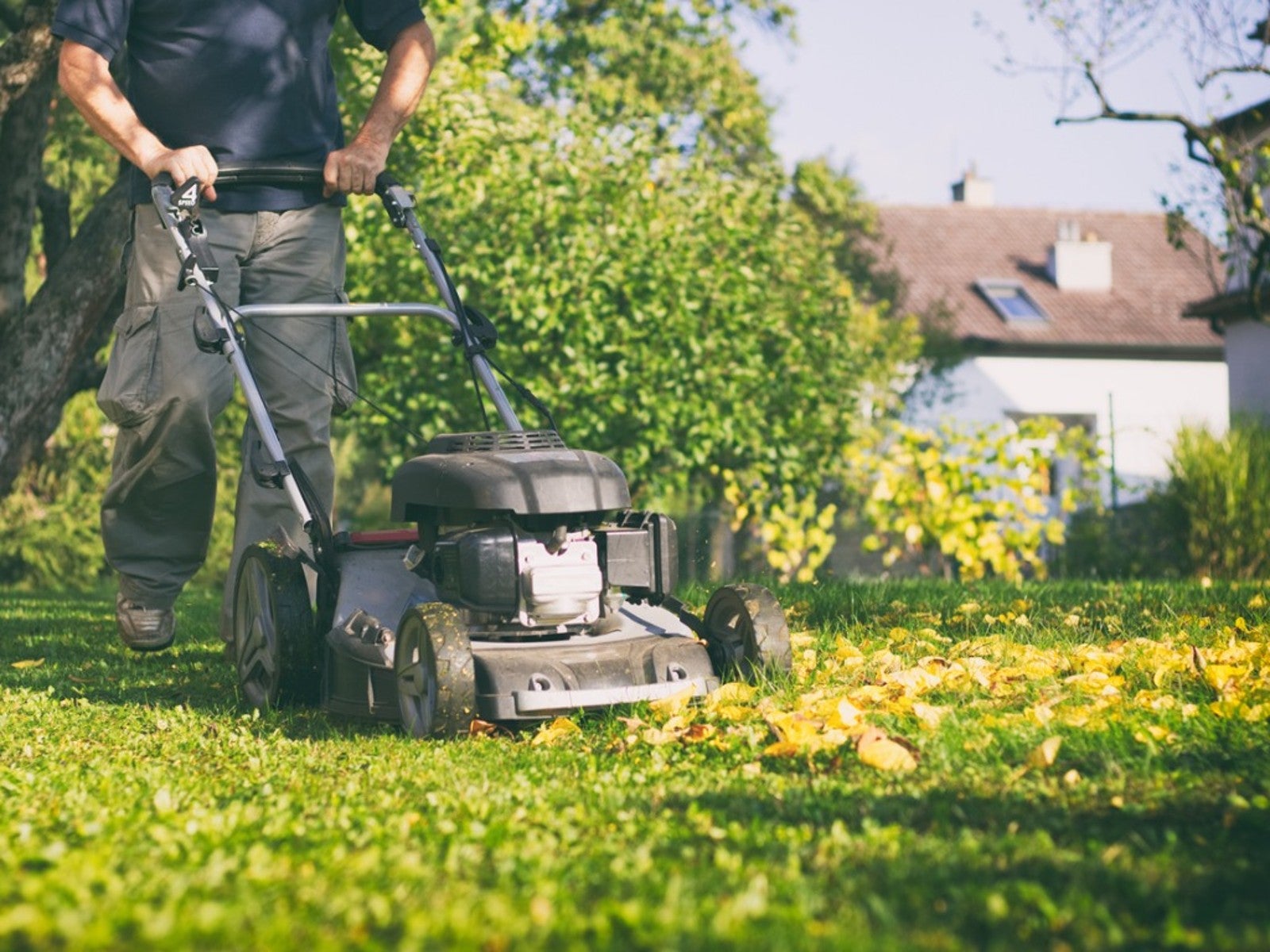 Late Summer Lawn Care Checklist
Late Summer Lawn Care ChecklistPlan to do some late summer care and maintenance of your lawn so it will be healthy and beautiful in the spring. Here are some tips.
By Laura Miller